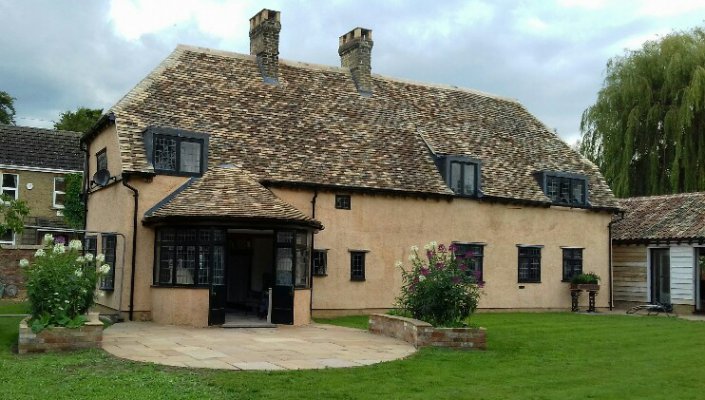sevenleaf
Member
- Messages
- 10
- Location
- Bedfordshire
I am having my external walls re-pointed as required, and re-limewashed after years of suffering and deteriorating underneath modern paint.
In areas where the wall has fared pretty well, the 'detail' of the bricks is pretty obscured. I assumed that this was due to limewash covering quite 'thickly', and over the years smoothing out the surface of the bricks and mortar to the pretty uniform finish that we have today.
With this assumption in mind, I thought that the patchy limewashing would cover reasonably well, and blend in acceptably after a few coats. Imagine my surprise when I learned limewash actually has the consistancy of semi-skimmed milk, and our poor old patchy wall would still look as patchy as ever (albeit with a uniform colour).
Closer inspection of the wall showed my a very soft, pinky, crumbly coating that was applied directly to the brick, before the first coat of limewash.
Could this have been a clay primer (of sorts) - which may explain the smoothed out surface of the limewashing?





In areas where the wall has fared pretty well, the 'detail' of the bricks is pretty obscured. I assumed that this was due to limewash covering quite 'thickly', and over the years smoothing out the surface of the bricks and mortar to the pretty uniform finish that we have today.
With this assumption in mind, I thought that the patchy limewashing would cover reasonably well, and blend in acceptably after a few coats. Imagine my surprise when I learned limewash actually has the consistancy of semi-skimmed milk, and our poor old patchy wall would still look as patchy as ever (albeit with a uniform colour).
Closer inspection of the wall showed my a very soft, pinky, crumbly coating that was applied directly to the brick, before the first coat of limewash.
Could this have been a clay primer (of sorts) - which may explain the smoothed out surface of the limewashing?






